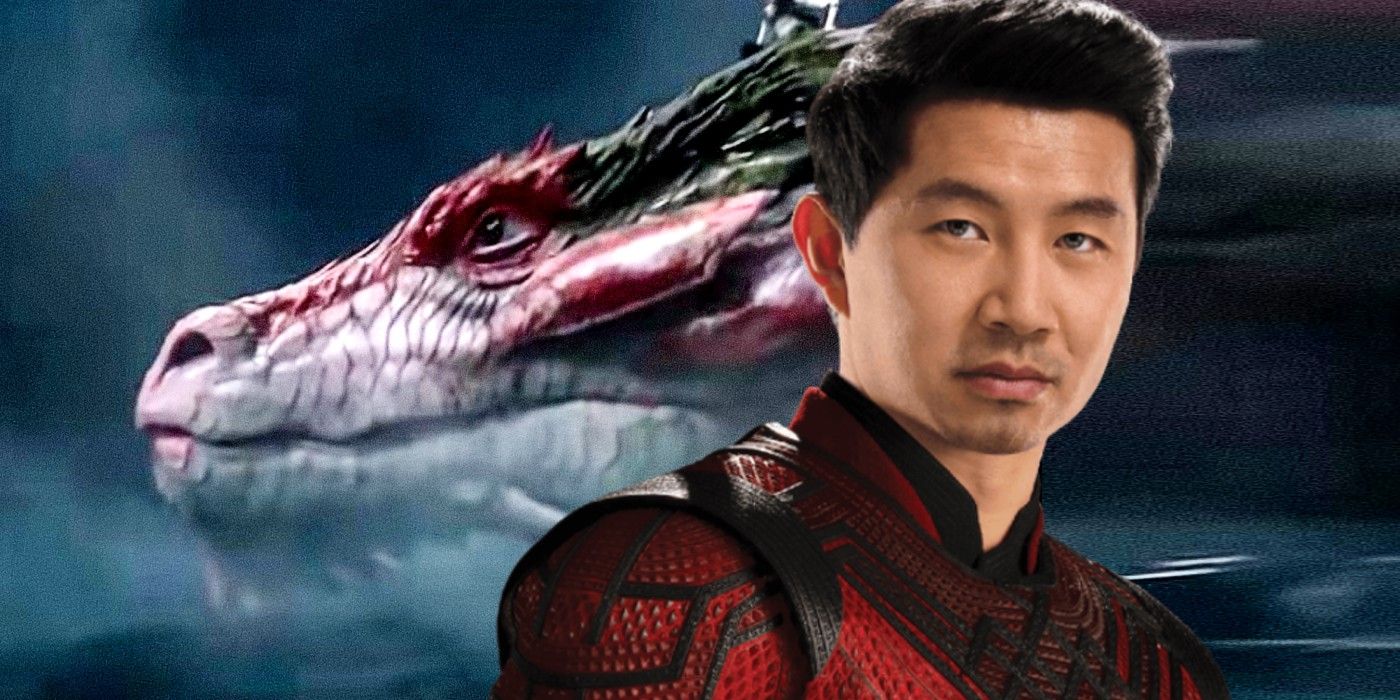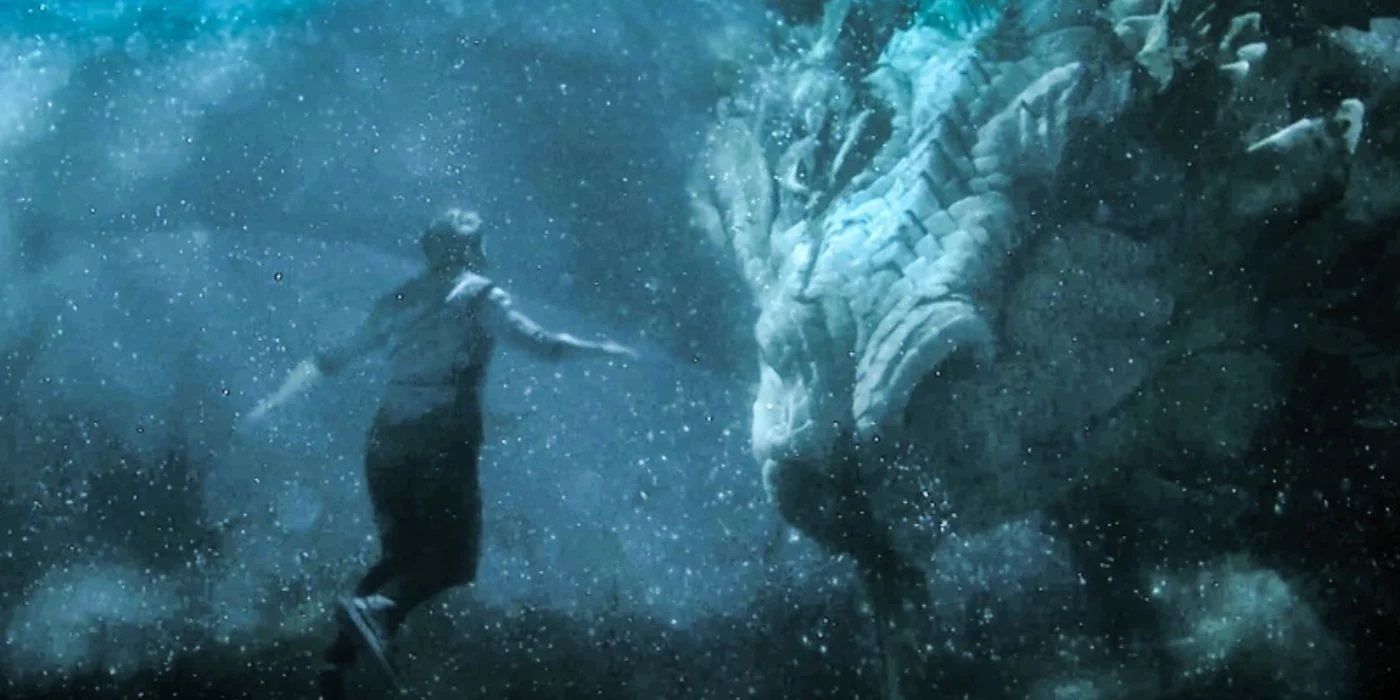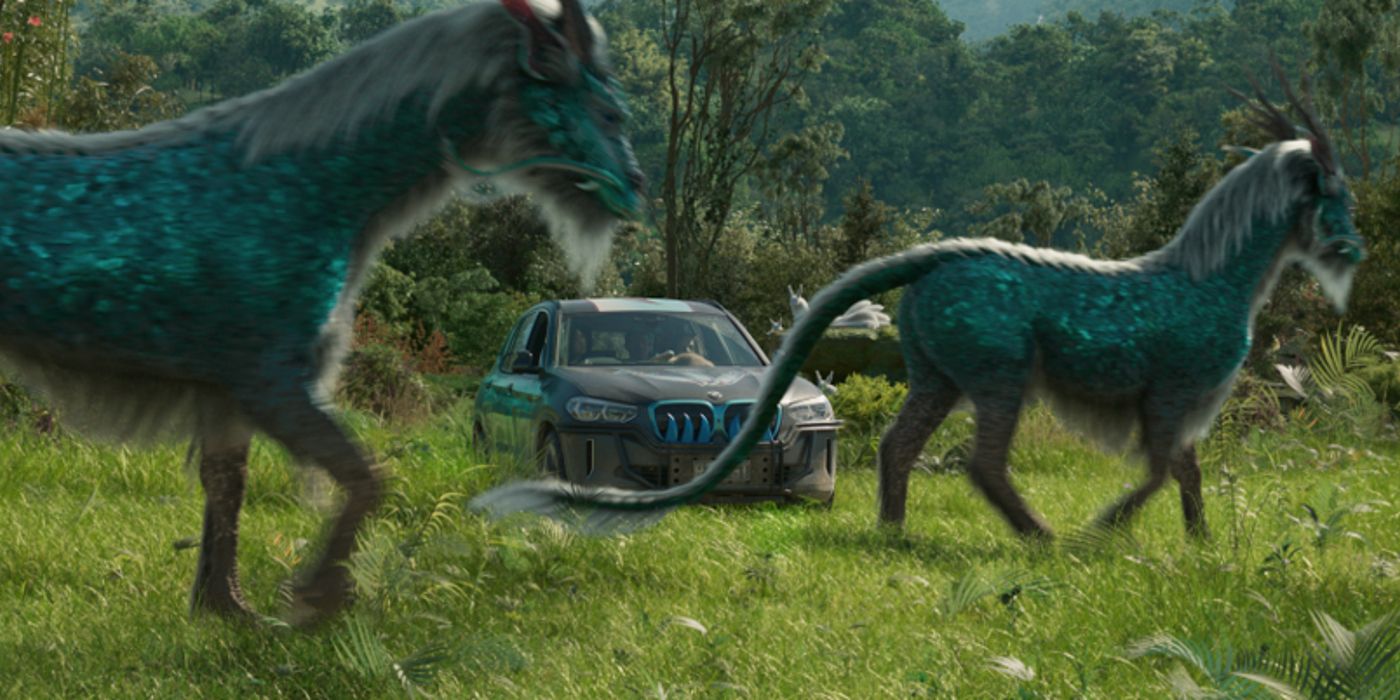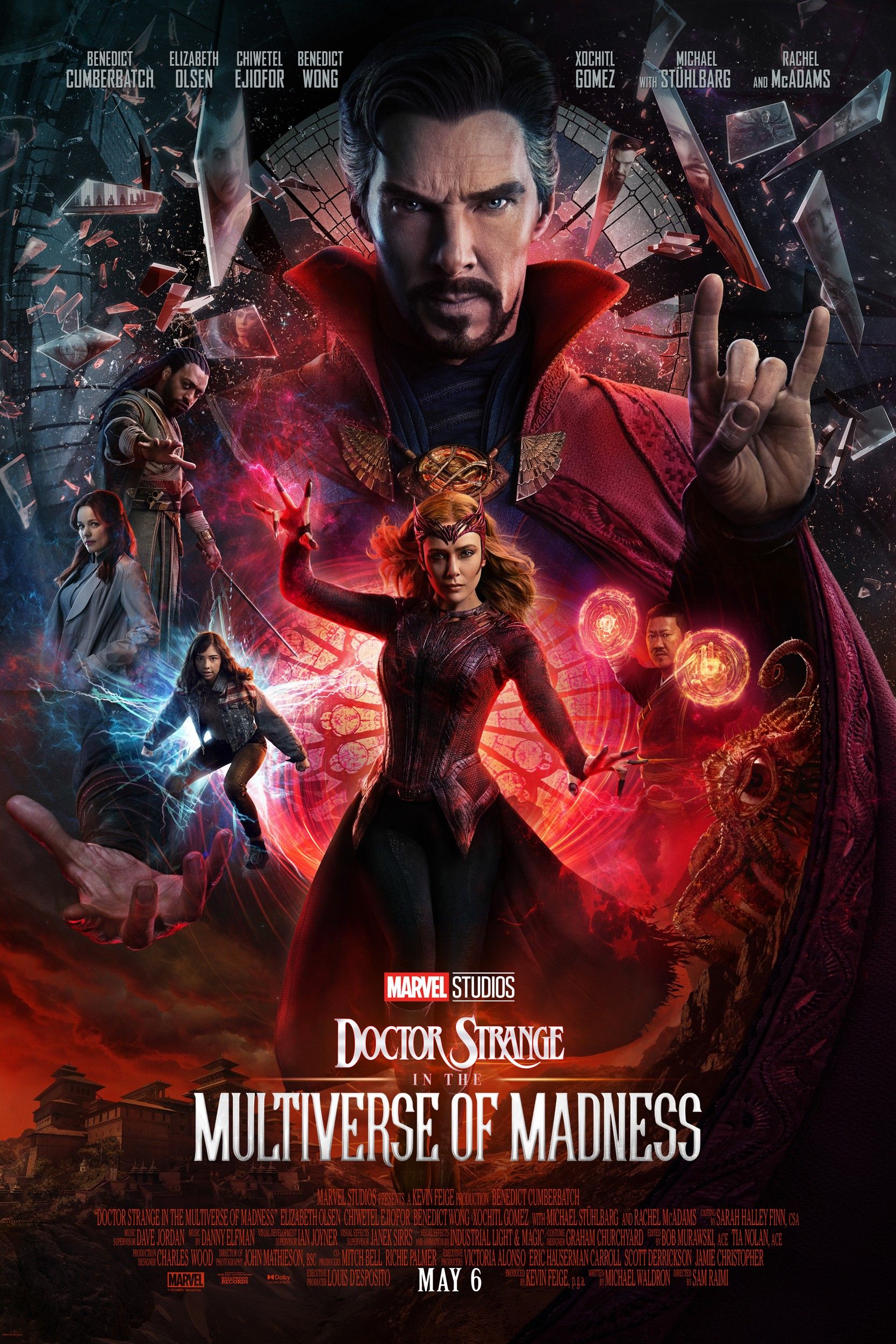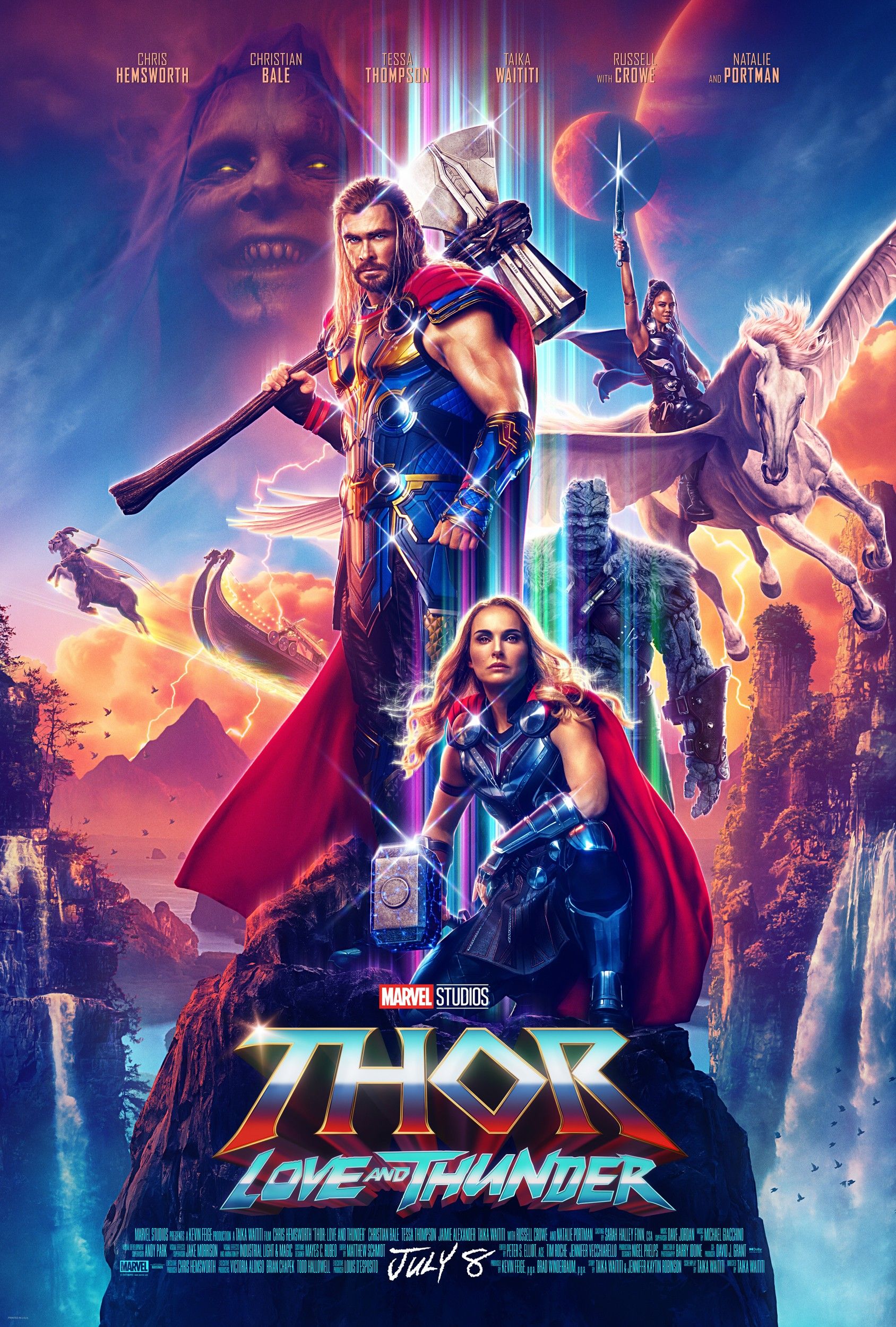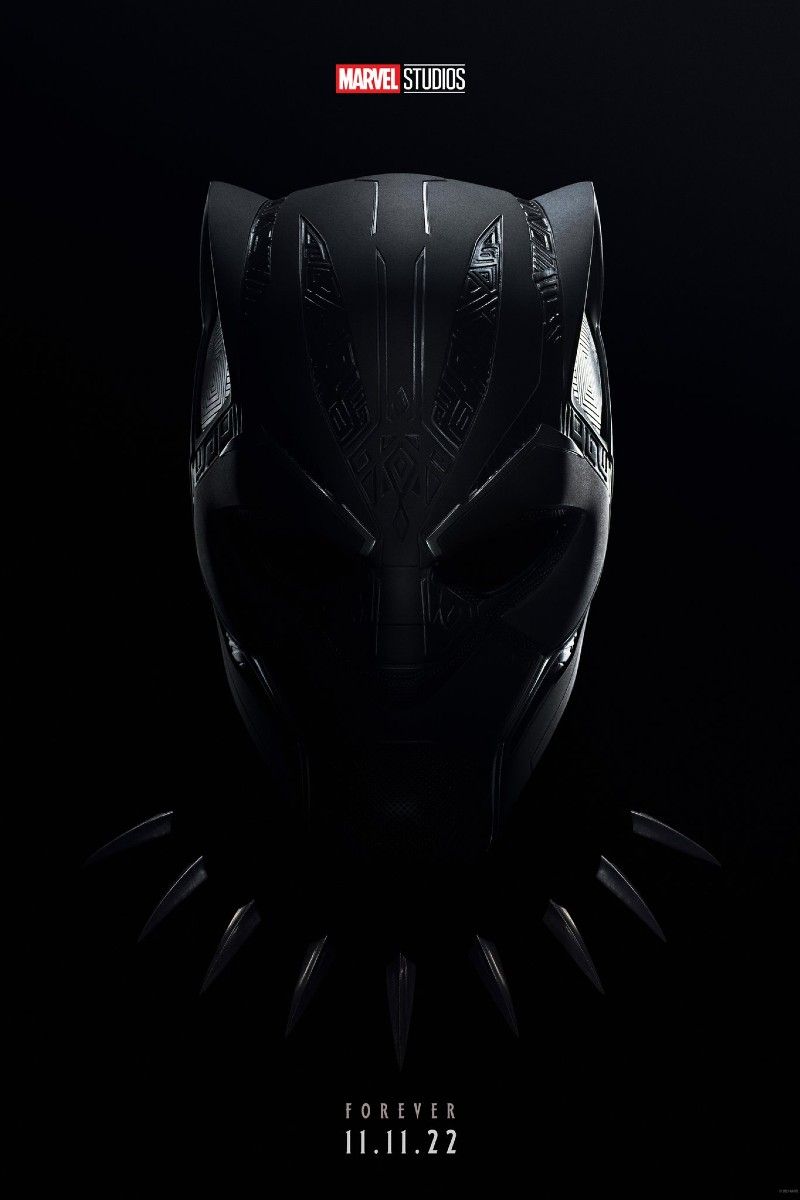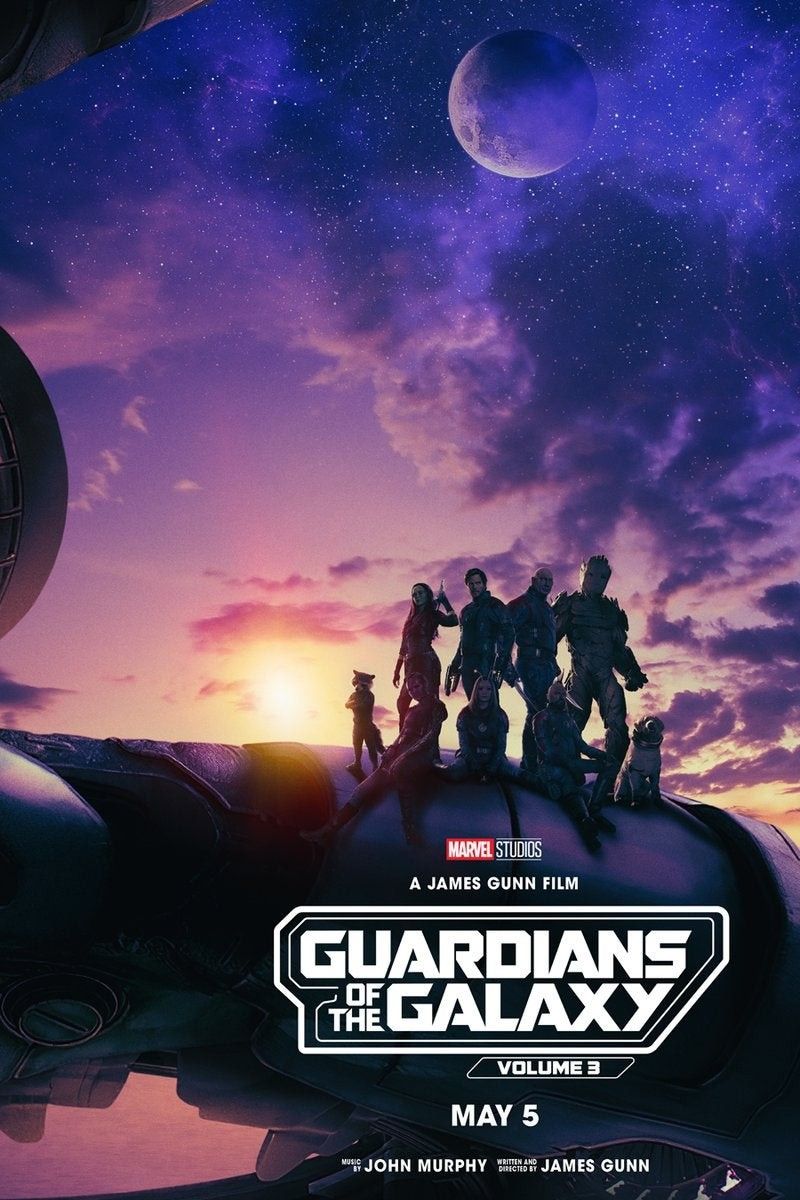Shang-Chi & the Legend of the Ten Rings was visually one of Marvel's most unique productions. Starring Simu Liu, Awkwafina and Tony Leung, the film introduced viewers to Marvel's greatest martial artist - Shang-Chi, trained as an assassin but transformed into a superhero by the nobility of his own character. The film also served as something of a sequel to Iron Man 3, featuring the return of Ben Kingsley as Trevor Slattery, the fake Mandarin.
Shang-Chi's third act transported its heroes and villains to the mystical realm of Ta Lo, a place where the myths and legends of ancient China were made manifest. There, Shang-Chi's father unwittingly unleashed a demonic creature called the Dweller In Darkness, and soon Shang-Chi was actually riding a dragon - the Great Protector - into battle. It's the kind of third-act twist that only Marvel Studios can really make work, contrasting well with the intimate character-work of the film itself.
Screen Rant had an opportunity to speak to some of the key members of Shang-Chi's visual effects team, who were responsible for the creature-work and many of the most remarkable stunts. They discussed the inspiration behind the Great Protector, how characters interacted with the CGI creatures so effectively, and the design of the Ten Rings themselves.
Screen Rant: For the benefit of our readers, I'll just ask each one of you to quickly outline the part you played in making Shang-Chi. Chris, could you tell us a little about your role?
Christopher Townsend: I'm the overall Visual Effects Supervisor for the film, my job is to oversee all the visual effects, make sure there's continuity and everything's looking as good as possible.
Joe, would you be able to tell us a little bit about your involvement with the film?
Joe Farrell: Sure, my name is Joe Farrell. I was the Additional Visual Effects Supervisor working during shooting on the second unit, and working with Chris.
Sean?
Sean Walker: I'm WETA's Visual Effects Supervisor, and we looked after the third act battle.
And Dan?
Dan Oliver: I'm the Special Effects Supervisor, and I look after all mechanical effects and in-camera plates for the film shoot.
Brilliant. So, starting off with the creature design, which I thought was absolutely stunning in Shang-Chi - Chris, could you tell us how the design for the Great Protector came together?
Christopher Townsend: The Great Protector was initially created from artwork at Marvel's Art Department, that was handed off to WETA and to Sean to breathe life into the character. It was obviously based on an Asian-inspired dragon, as opposed to a Western dragon, so it has no wings, it doesn't breathe fire, it sort of swims through the air. I think we handed it off to WETA to get a sense of logic to how it could possibly move and look. Sean, do you want to talk a little bit about it?
Sean Walker: Yeah, sure. We didn't deviate too much from the design we had from Marvel, we had a few design changes throughout but in the end we wound up very close to what was originally delivered. It was a challenge - it was our first wingless dragon, it was a fun challenge, we wanted to have it move and push through the air as if it was pushing through water, so we used a lot of underwater reference - sea snakes, underwater iguanas to get that sense of drive and push through the air. For the look of it, we started out with the artwork but we had to find real life counterparts to be able to ground it in reality, so we looked at a lot of white materials that were translucent, things like shells. We actually ended up, funnily enough, on albino lizards, they have this nice translucent feel to their scales, you can almost sense the blood running underneath them, that was kind of our base. From there we weathered and aged the Great Protector to the point that it felt - I think the brief, Chris, was "ancient but not old." It had to feel like it had been around a long time, but not a grandma dragon. It was a fun challenge.
I loved how closely the characters seemed to interact with the Great Protector, climbing over it and so on. How did you manage to make that work in terms of visual effects, Sean?
Sean Walker: So, very early on - before Chris and Dan and Joe started shooting - we modeled the dragon, and we built that, got it approved, and we sent the final model to the on-set team. They actually created a life-size replica of the head itself and, you know, sections of the body that allowed the actors to interact with the dragon itself. When it came back to delivering it to us, we had a much, much more accurate contact point for our CG version to interact with our actors.
Christopher Townsend: And that buck, which we painted blue, just for ease of visual effects - that was actually put on a six-axis gimbel that Dan's team built, so it was able to move relative to the animation test that we'd already received from WETA. So it was an iterative process to get something as realistic as possible that the actors could work with.
Fantastic. How did you come up with the design to make that work, Dan?
Dan Oliver: Well, we did have an existing six-axis gimbel that was approximately the right size. Once we'd built a framework to attach the buck, and it had all the right shapes and was 1:1 scale, we'd look at the pre-vis and program moves that were very close to what the pre-vis was doing. That would be our starting point on set. Sometimes those moves would be tweaked or adjusted while filming, and sometimes we'd just drive it freehand, but it was a combination of both.
There are, of course, other creatures in there. Chris and Joe, I was wondering how the design of some of the other creatures came together - say, the Dweller In Darkness or the animals and wildlife of Ta Lo?
Christopher Townsend: We wanted to base the animals on mythological creatures that exist in Chinese and Asian mythology, so everything that you see - whether it be the foo dogs or the qílín, the horse-like creatures, or the nine-tailed fox - they're all based on mythological creatures that have existed for many centuries. We tried to emulate those as best as possible and bring those to life. Also Morris is based on a Chinese character called the hundun, a god of chaos I believe, so it's all sort of based on real-world stuff. The Dweller In Darkness had to be a winged beast so we could have the battle between the dragon and the Dweller In Darkness at the end, but with lots of tentacles, a very complex character to build. Sean, WETA created that. Do you want to talk a little bit about the Dweller In Darkness?
Sean Walker: Yeah, so the Dweller In Darkness is an insanely large beast. Something like 250 meters long from head to end of tentacle. It was one of the heaviest creatures we've ever built, it was 128 million polygons, which is very, very big for us and a little bit unwieldy - mainly because of the number of tentacles it had and the sheer size. We wanted to keep that detail while we were so close to it - a lot of the times, the characters were right next to it, running along the belly of the beast. We wanted to keep the additional details throughout, especially the geometric detail. We received the design from Marvel for that, we kind of got a brief to make it as scary and as gross as possible; we looked at things like marbled meat for the shading of the gums, we used obsidian rock for the teeth, the usual references for hide - elephant skin and rhino skin. We just created this monstrous thing, it was a bit of a challenge to animate, it has multiple tentacles, and it was constantly moving. It's the kind of thing our animators love to do - a giant monster-fight in the sky, so lots of people were keen to jump on board just for that.
Christopher Townsend: With the real-world references - something we always try to do is lean into reality as much as possible. So even though we have these fantastical creatures, we try and give them an air of believability by using whatever real-world references we can - dogs or cats, lizards or geese, whatever it may be. That's always something we're trying to do.
Dan, were you involved in organizing some of the stunts as well? I believe WETA was involved in some of those too?
Dan Oliver: Yeah, Special Effects always works very closely with the Stunts Department, often we're building bespoke rigs to help them achieve their work. We also build all of the weapons, the soft weapons that they use, they get designed by the Arts Department and made by the Props Department, Special Effects will copy all those in lightweight versions, supersoft versions, or lightweight and strong, if you need to hang off a bit of scaffolding with it; that's what we do with Stunts. And then, of course, the gimbels that the whole fight sequence from the bus was done on, that kind of stuff is what we work on side-by-side with Stunts continually.
That was absolutely stunning, the bus fight, that was so effective. Now, I understand your team worked on the Ten Rings as well. Sean, could you tell us a little about how you designed the power effects around the Ten Rings?
Sean Walker: Yeah, the Ten Rings' powers were obviously pretty integral to their look and feel, while they're being wielded by both Shang-Chi and his father, Wenwu. They both needed their own design and power, we went through a few iterations where we were looking at different color palettes for both. That got quite wide for a little while there, we focused on a much more discrete color palette for them in the end. We had Shang-Chi who had these warmer orange and green-golden tones, and for Wenwu we stuck to the cooler color palette, and both of them needed to emphasize how they were wielding them, and their own internal energy - it had to reflect their character a little bit. Shang-Chi's energy is a lot calmer and smoother, a little bit more like his mother's form of fighting, and Wenwu's is much more aggressive; we looked at things like lightning and other things to give a sharper feel to it. The way they moved was also extremely important; Shang-Chi uses his a little bit more defensively, kind of like an extension of his body, whereas Wenwu uses them a lot more like a weapon, with projectiles and whips and that kind of thing.
I rewatched Shang-Chi recently, and you could see the difference between the two fighting styles with them. I'm just curious - with the color side of things, was there any symbolism behind those colors? I'm aware that, in Chinese culture, colors can have deep meanings, so just wondered how those were chosen?
Christopher Townsend: To be honest, we went through every single color imaginable trying to figure out the most appropriate things. One of the problems working on a Marvel movie is we'd already used all the colors for the various effects, so we tried to come up with something a little bit unique and keep it away from other superheroes that we've seen or other powers that we've seen in films, both in the MCU and others in this genre. So the biggest challenge was trying to find something a little bit more unique. But I think the idea of having the warmth, like Sean said, for the calmness of Shang-Chi and emulating them, and having a colder, harsher colors for Wenwu seemed most appropriate.
The Ring powers themselves are actually based on elements as much as we could make it; again, you try and lean into reality as much as possible, to give it a hint of that so it's not just too "effectsy." So there's always a reference point, whether it be lightning, or dust, or smoke, or fire, or whatever, that is sort of elemental in its basic design. So that was really, really important.

